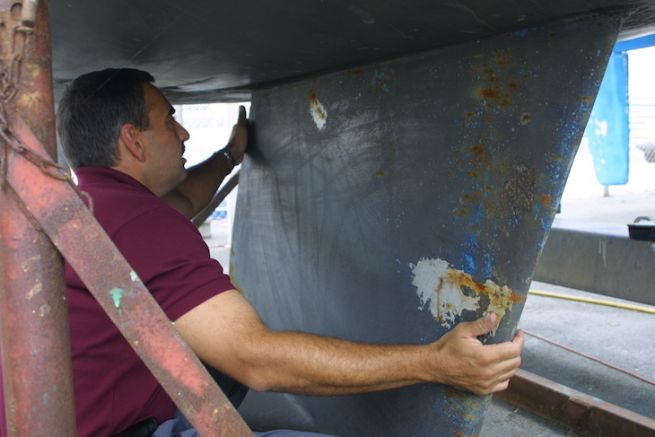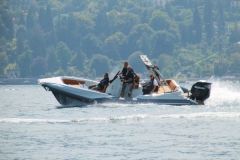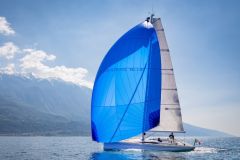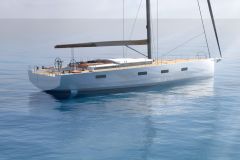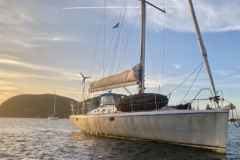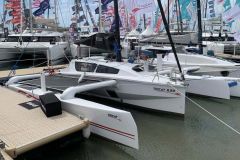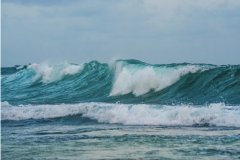Apart from the tree line for which you will have to take your sailboat out of the water, all the checks we propose here are simply done by lifting the floors to access the hold. The purpose of these checks is to identify any cracks, delamination or delamination. Delamination is the uncoupling of the strata on a boat built in a sandwich construction. It greatly reduces the solidity of the structure and must be repaired. In case of doubt, you can sand the gelcoat layer to check the state of the lamination. If it is a translucent green colour, then the condition is intact.
The varangues
Varangues form the transverse framework of the boat at hull level. In the event of an impact, they can become deformed. To check this, inspect the gelcoat for cracks. There may be nothing serious, but this will help determine if the varangue has moved.
Also check the ends and eels - a hole on either side of the varangue that allows water to drain from the bottom - for any delamination, delamination or cracks.
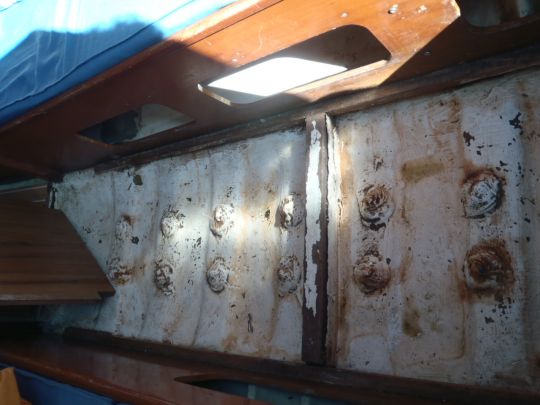
Keel bolts and bottoms
During a bottoming operation, the keel can move backwards and cause the bolts holding it to buckle or push the hull inwards, causing damage to the fore-and-aft frames.
Check the nuts and washers for proper seating and check the condition of the gelcoat. The hull may show delamination, which reduces its strength. In this case, major renovation work will be required.
The repeats of the chainplate
In the case of chainplates not fixed to the shell plating, tie rods ensure that the hull is able to absorb the forces. They return above the saloon bench seats and sometimes in the forward cabin for the forestay chainplate. The chainplates can also be fitted to the interior bulkheads.
Remember to check the condition of the tie rods, especially after a shock that generates strong tension on the rigging, to detect any tears or disbonds.
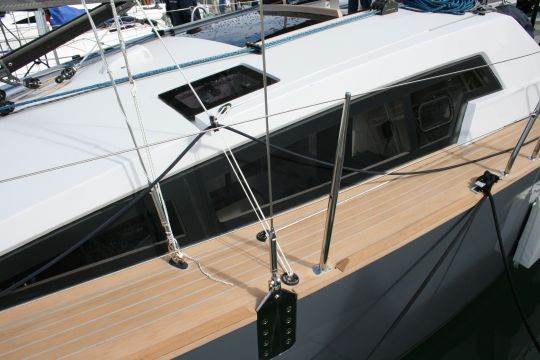
The tube of jaundice
The rudder stock passes through a jacketed tube which enables it to make the connection between the hull bottom and the waterline. It must be checked for any anomalies.
The tree chair
This holds the propeller shaft under the hull. In the event of an impact or a tangled tip in the propeller, it is important to check that it is working properly.
